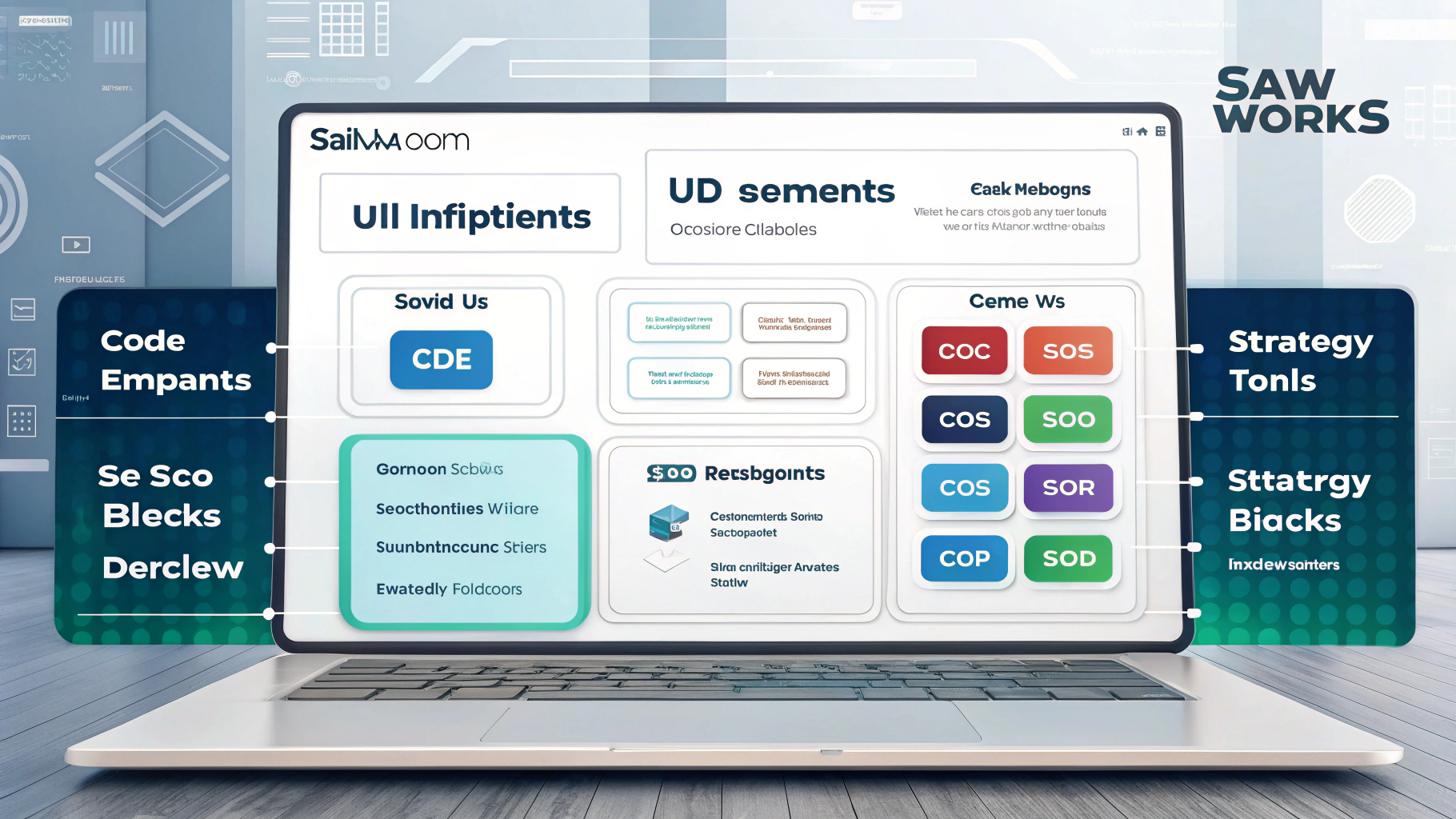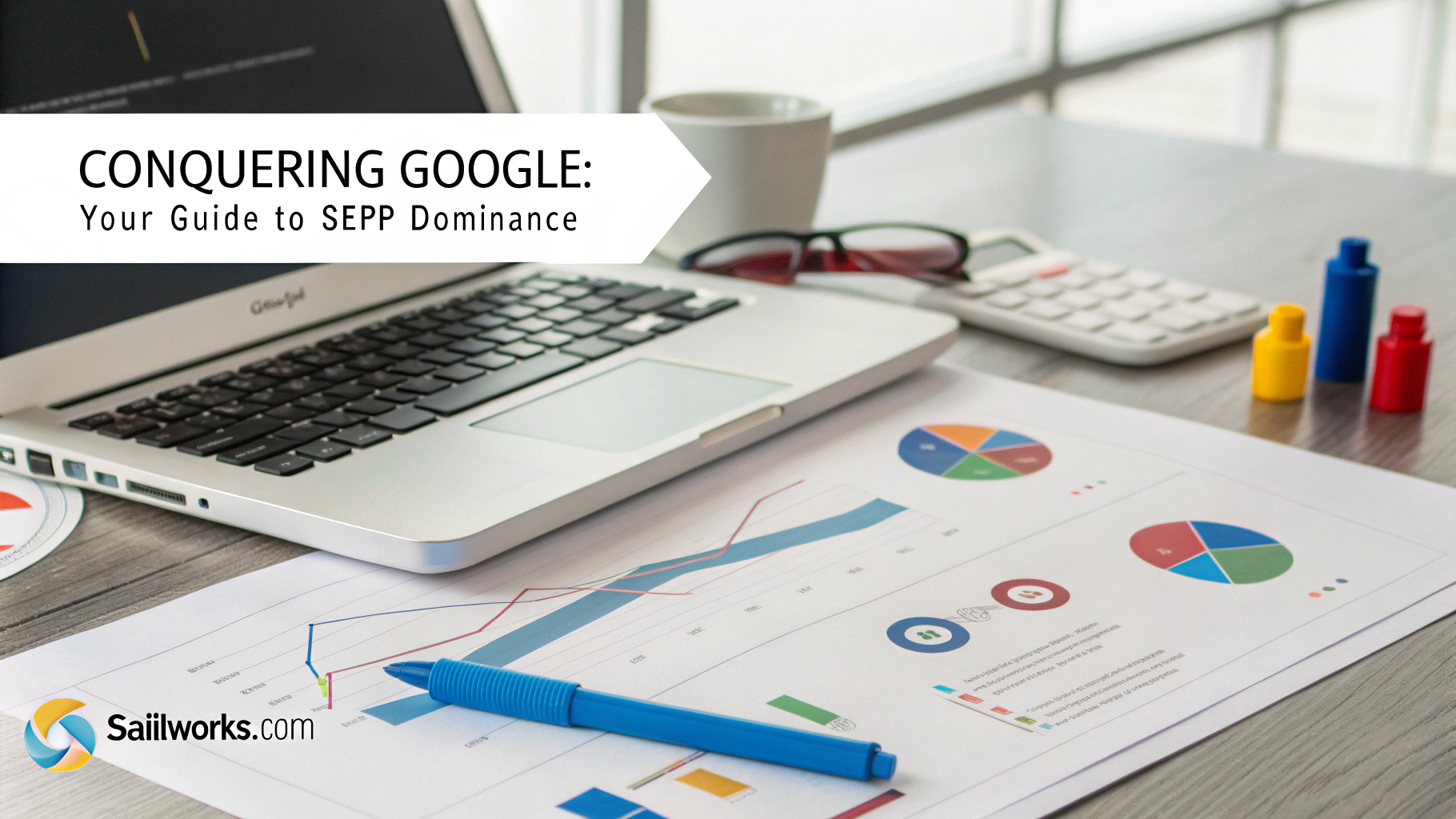Conquering Google: Your Guide to SERP Dominance
Did you know that only 0.63% of Google searchers click on results from the second page? This means that if your website isn’t ranking on page one, you’re essentially invisible to 99.37% of potential visitors. Are you ready to transform your website’s visibility and capture the traffic you deserve through powerful SERP Climbing strategies?
The digital landscape has never been more competitive. With over 1.8 billion websites fighting for attention, mastering the art of Search Engine Results Page positioning isn’t just beneficial—it’s essential for survival. Today, we’ll explore proven methods to elevate your website’s ranking and achieve sustainable growth through strategic SERP optimization.
Why It Matters

The significance of SERP positioning extends far beyond mere visibility. According to recent data from Advanced Web Ranking, the first organic result in Google captures an average click-through rate of 27.6%, while the tenth position garners only 2.4%. This dramatic decline illustrates why Google Ranking, SEO Strategy development must be prioritized by businesses of all sizes.
Furthermore, 68% of all online experiences begin with a search engine, and 75% of users never scroll past the first page of results. For businesses, this translates directly to revenue potential—higher rankings mean more traffic, which typically results in more conversions. In competitive markets, even moving up just one position can increase click-through rates by an average of 30.8%.
Core Concepts
Understanding the mechanics behind SERP Climbing begins with recognizing Google’s evolving priorities. Think of Google’s algorithm as a sophisticated matchmaking service—it analyzes over 200 factors to connect searchers with the most relevant, authoritative, and user-friendly content available.
Three fundamental pillars support this system:
- Relevance: How closely your content matches user search intent
- Authority: How trustworthy your site appears based on external signals
- User Experience: How visitors interact with your content
Consider Amazon’s product catalog strategy as a business parallel—they organize millions of products with meticulous attention to customer searches and behaviors. Similarly, your content must be strategically organized and optimized to match what users are actively seeking.
Strategy or Implementation Guide
Achieving SERP dominance requires a systematic approach. Here’s your roadmap to higher rankings:
Step 1: Conduct Comprehensive Keyword Research
Begin by identifying high-value search terms that align with your business objectives. Use tools like Semrush or Ahrefs to analyze:
- Search volume (prioritize terms with 100-10,000 monthly searches)
- Competition levels (aim for keywords with difficulty scores under 50)
- User intent (informational, navigational, commercial, or transactional)
- Long-tail opportunities (3-5 word phrases with specific intent)
Step 2: Optimize On-Page Elements

Refine these critical on-page factors:
- Title tags (include your primary keyword within the first 60 characters)
- Meta descriptions (write compelling 150-160 character summaries that drive clicks)
- Header hierarchy (use H1, H2, H3 tags to organize content logically)
- Content quality (create comprehensive resources that exceed competing content length by 10-20%)
- Internal linking (connect related pages with descriptive anchor text)
Step 3: Build Authority Through Quality Backlinks
Develop a strategic link acquisition plan:
- Create linkable assets (original research, infographics, or comprehensive guides)
- Pursue guest posting opportunities on industry websites with Domain Authority scores above 40
- Implement strategic outreach to earn mentions from authoritative sources
- Monitor competitors’ backlink profiles to identify replicable opportunities
Step 4: Enhance Technical Performance
Ensure your site meets these technical benchmarks:
- Page speed under 3 seconds (compress images, minimize code, leverage browser caching)
- Mobile responsiveness across all device types
- Secure connection (HTTPS implementation)
- Clean URL structures and proper canonicalization
- Schema markup for enhanced SERP features
Benefits
Implementing robust SERP Climbing tactics delivers multiple advantages:
- Increased organic traffic: Sites ranking in positions 1-3 capture approximately 75% of all clicks
- Higher conversion rates: Organic visitors convert at 14.6%, compared to 1.7% for outbound marketing leads
- Enhanced brand credibility: 75% of users equate top search positions with industry leadership
- Reduced marketing costs: Organic search has the highest ROI among digital channels, with costs 61% lower than PPC advertising
- Sustainable growth: Unlike paid advertising, SEO benefits compound over time
Case Study / Example
Consider the transformation of a mid-sized e-commerce retailer specializing in sustainable home goods. Initially ranking on page three for their target keywords, they implemented the Google Ranking, SEO Strategy outlined above.
Within six months, they achieved these results:
- 40% increase in organic traffic
- 215% improvement in conversion rates
- 184% growth in revenue from organic search
- First-page rankings for 78% of target keywords
- Featured snippets for 12 high-value informational queries
The key catalyst was creating in-depth product guides that addressed common customer questions while incorporating strategic keyword optimization and earning backlinks from home improvement publications.
Tools & Resources
Accelerate your SERP Climbing with these essential tools:
- SEMrush: Comprehensive competitor analysis and keyword research
- Ahrefs: Advanced backlink analysis and content gap identification
- Google Search Console: Direct insights from Google about your site’s performance
- Screaming Frog: Technical SEO auditing and crawl issue identification
- Surfer SEO: AI-driven content optimization based on SERP analysis
Common Mistakes to Avoid
Watch out for these frequent pitfalls that can sabotage your ranking efforts:
- Keyword stuffing: Modern algorithms penalize unnatural keyword density above 2-3%
- Neglecting search intent: Ranking requires matching content format to user expectations
- Ignoring mobile optimization: Mobile-first indexing prioritizes responsive design
- Purchasing low-quality backlinks: Spammy link schemes trigger penalties
- Creating thin content: Short, shallow pages rarely compete effectively against comprehensive resources
Future Trends
The SERP landscape continues to evolve rapidly. Watch for these emerging developments:
- AI-driven search experiences: Google’s SGE and MUM technologies are revolutionizing result relevance
- Zero-click searches: Featured snippets and knowledge panels increasingly resolve queries directly in SERPs
- Voice search optimization: By 2025, an estimated 75% of U.S. households will own smart speakers
- Visual search integration: Image recognition becoming a mainstream search method
- E-A-T factors gaining importance: Expertise, Authoritativeness, and Trustworthiness signals increasingly influence rankings
Conclusion
SERP Climbing isn’t just about implementing tactics—it’s about building a sustainable approach to digital visibility. By focusing on user intent, creating exceptional content, and adhering to technical best practices, you position your website for long-term success in an increasingly competitive landscape.
Remember that ranking improvements rarely happen overnight. The most successful SEO strategies demonstrate patience and persistence, with consistent effort yielding exponential returns over time. Start implementing these strategies today, monitor your results diligently, and adjust your approach based on performance data.
Ready to transform your search visibility? Begin by conducting a thorough keyword analysis and technical audit to identify your most significant opportunities for improvement.
FAQs
How long does it typically take to see ranking improvements?
Most websites begin seeing measurable improvements within 3-6 months, though competitive industries may require 6-12 months for significant position changes.
Is it better to focus on high-volume or low-competition keywords?
A balanced approach works best. Target some “quick win” lower-competition terms while steadily building authority for more competitive keywords.
How many keywords should I target per page?
Focus on one primary keyword and 2-3 closely related secondary terms per page to maintain topical relevance and clarity.
Do social media signals directly impact SERP rankings?
While not direct ranking factors, social shares increase content visibility, potentially leading to more backlinks and engagement signals that do influence rankings.
How often should I update existing content for SEO purposes?
Review high-value pages quarterly, updating statistics, examples, and competitive information to maintain freshness and relevance.

